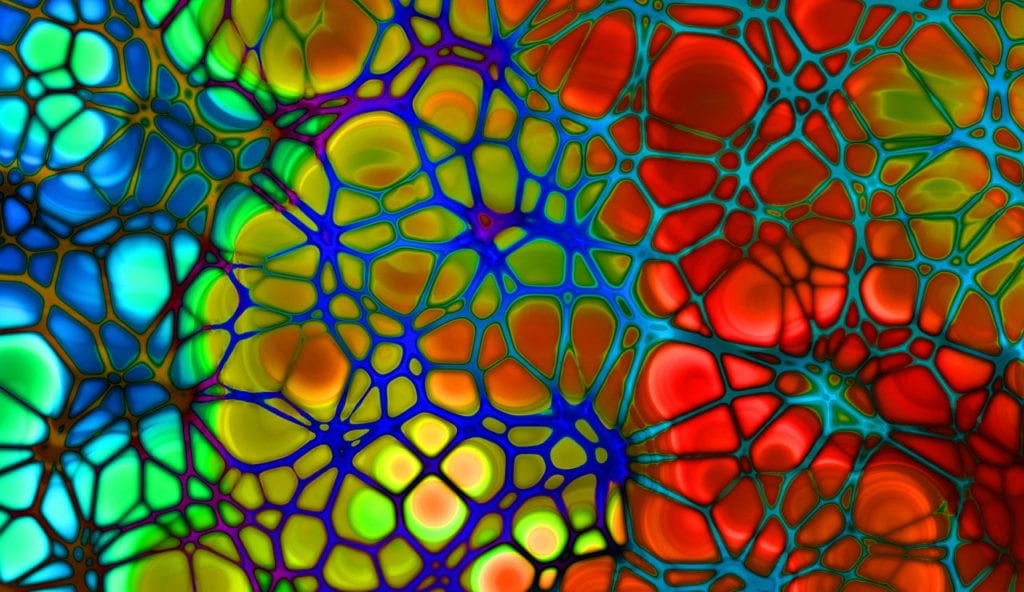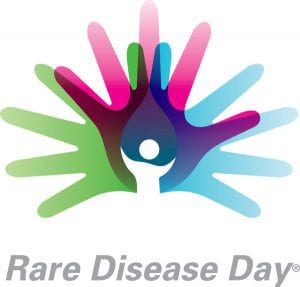Progeria is an incredibly rare genetic condition, where a random mutation causes a person to age rapidly. Progeria patients are essentially young people in the body of someone much older. They lose their hair, and their skin wrinkles. They experience the pains of an aging body, and most tragically, they experience severe cardiovascular problems. To learn more about this rare disease, click here.
The majority of people with progeria only live into their teenage years. Generally, their lives are cut short because of problems with their vasculature. Understanding their blood vessels may hold the key to counteracting progeria’s fatal effects.
Leigh Atchison, a biomedical engineer at Duke, is literally building artificial blood vessels in order to study this. In her lab, researchers create blood vessels using smooth muscle cells. The smooth muscle cells come from human pluripotent stem cells, which are cells that can develop into any cell in the body. Their useful, because the researchers can turn them into any cell they need to make the vessel, while still keeping a patient’s individual DNA.
The researchers take the smooth muscle cells which were created from progeria patients’ stem cells, and put them in a type of collagen solution. Collagen is a protein that holds blood vessels together. After that, they shape them around a mold, and poke a rod through the center. This gives their creation the shape of a real, human blood vessel. Next, they inject the inner-lining cells through the hollow center. They attach the model to a circuit and pump, which mimics blood flow.
These blood vessels offer the medical community a number of benefits. For one, they show that it’s possible to engineer this type of functional blood vessel. It also demonstrates the possibility of creating in-vitro models of rare diseases.
Before this, scientist either relied on trans-genic mouse models, or 2D cultures. Neither of those models truly demonstrate what a disease act like in a human body. This new creation allows researchers to look at a rare disease in 3D, which paves the way for all sorts of new discoveries. It can help them test drugs, and reveal secrets of this mysterious disorder. This goes beyond progeria. While that was the condition researchers focused on, this model could also work for other rare diseases.
The artificial blood vessels are an incredible tool, that could lead to unprecedented discoveries and shed light on a devastating disease.






